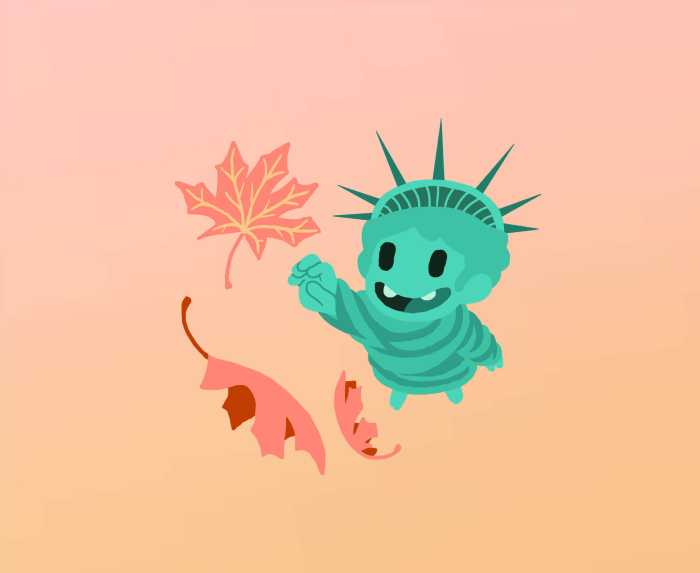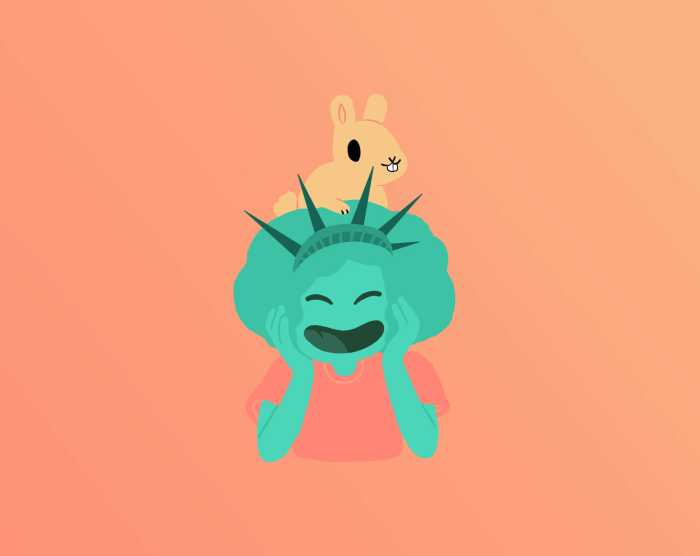
Gov. Andrew Cuomo (Kevin P. Coughlin / Office of Governor Andrew M. Cuomo)
Oct. 5, 2020 By Allie Griffin
New York City will close schools Tuesday that are located in nine ZIP codes across Brooklyn and Queens where the number of COVID-19 cases remain stubbornly high, Governor Andrew Cuomo announced today.
The state will close both public and private schools in the ZIP codes that have become cluster areas– including Kew Gardens (11415), Kew Gardens Hills (11367) and Far Rockaway (11691).
The infection rate of residents in these ZIP codes is well above the statewide rate of 1.22 percent, Cuomo said, citing Oct. 4 data.
Kew Gardens has a 14-day infection rate of 3.81 percent; Kew Gardens Hills has a 14-day infection rate of 3.86 percent and Far Rockaway has a 14-day infection rate of 5.63 percent, as of Oct. 4, according to city data.

Nine Hotspots where schools will close starting Tuesday
The schools will close tomorrow for an undetermined amount of time Cuomo announced Monday after speaking with the mayor and other city leaders earlier in the day.
“My number one concern has always been schools,” Cuomo said. “I said to the parents of this state, ‘I will not allow your child to be sent to any school that I would not send my child — period.'”
The governor added that he wouldn’t send his child to a school in one of the hotspots and New York City parents shouldn’t either.
He said New York City must also increase its enforcement in the cluster areas, adding that the situation is past the point of public education and warnings.
“These clusters have to be attacked,” Cuomo said during a press briefing.
He also said he would require religious institutions to agree to enforce COVID-19 regulations or face closure.
Mass religious gatherings are one of the greatest causes of viral spread, Cuomo said.
But the governor held back on approving the closure of non-essential business in the nine ZIP codes, which Mayor Bill de Blasio called for on Sunday.
Cuomo said the state needs to drill down and find out exactly where the problem spots are first before taking such a bold move.
The governor said the ZIP code borders are imperfect — and that hotspots often do not fit squarely within a ZIP code boundary.
Cuomo will enlist epidemiologists and city leaders to draw new borders based on the viral spread. Non-essential businesses within the new borders may be shuttered.






